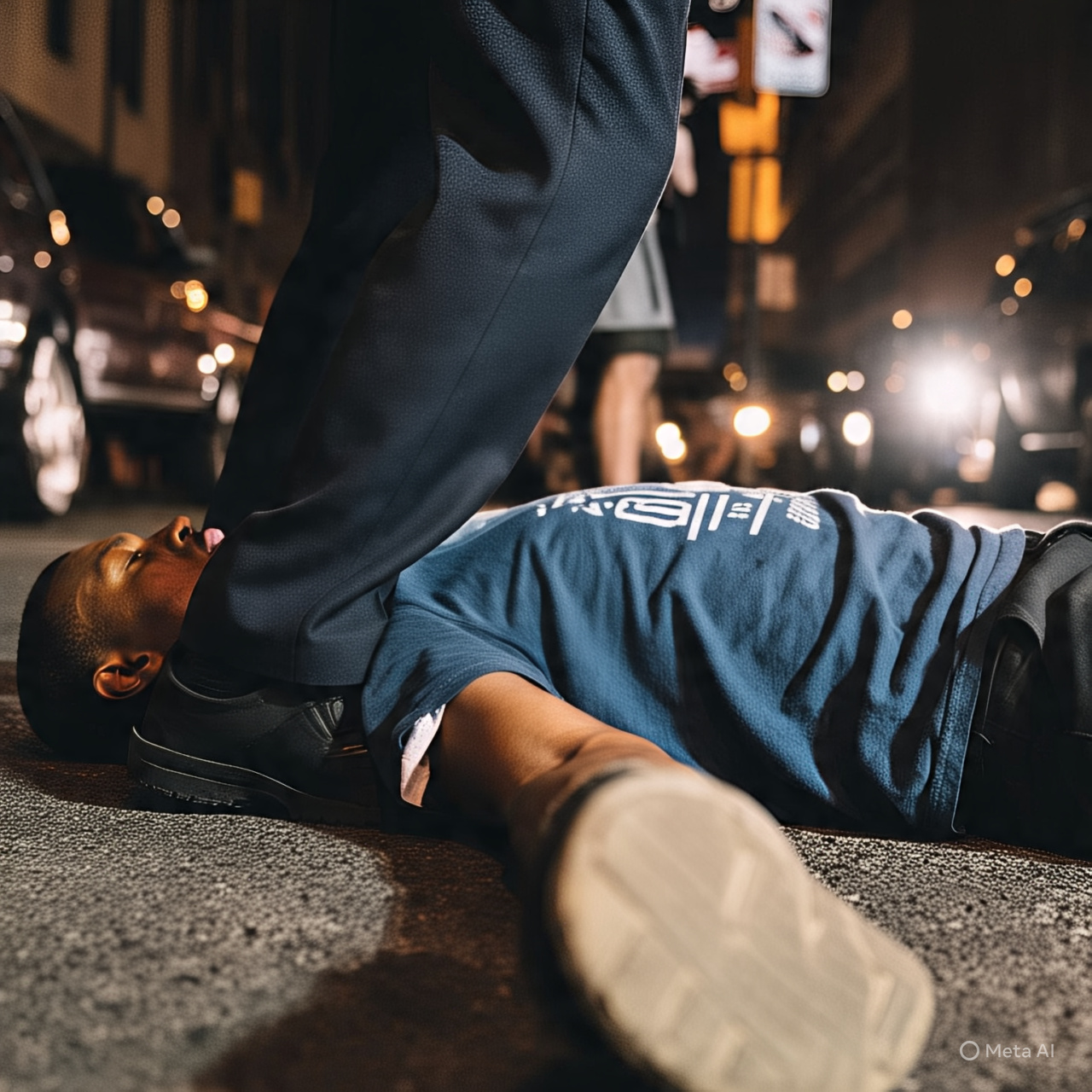FnF News
Revisiting the George Floyd Narrative: What the Latest Legal and Forensic Debates Mean for America
FNF News | May 24, 2025
Five years after the death of George Floyd triggered nationwide protests and a global reckoning on racial injustice, a new wave of public discourse is questioning the official narrative of what happened on May 25, 2020, in Minneapolis, Minnesota. The question being asked in certain circles: Was there actually a knee on George Floyd’s neck? And what does that mean for the broader metaphor used to describe Black Americans’ struggle in the United States?
Forensic Facts vs. Public Perception
Initial video footage appeared to show former officer Derek Chauvin kneeling on Floyd’s neck for more than eight minutes—imagery that sparked outrage and was central to the prosecution’s argument. Chauvin was convicted in 2021 of second-degree unintentional murder, third-degree murder, and second-degree manslaughter.
However, later forensic discussions, including statements from defense medical experts during Chauvin’s trial, argued that Floyd’s death was the result of a combination of factors, including existing heart disease and drug use. Some voices on social media and in alternative media spaces have seized on those claims to argue that there was no lethal force applied directly to the neck.
Still, the Hennepin County Medical Examiner’s report officially lists the cause of death as “cardiopulmonary arrest complicating law enforcement subdual, restraint, and neck compression.” The use of “neck compression” remains critical and was corroborated by several prosecution medical experts.
Challenging the Symbolism
The phrase “a knee on the neck of Black America” became a defining metaphor for systemic racism in the U.S. It was used in speeches by President Joe Biden, civil rights leaders like Rev. Al Sharpton, and countless media reports. Some now argue that if the physical details are being debated, the metaphor deserves reexamination as well.
Conservative commentators like Candace Owens and journalist Matt Taibbi have challenged the narrative, claiming that the broader movement used an emotionally charged but factually weak foundation to drive policy shifts and social unrest. Critics of this view argue that these discussions seek to undermine the gravity of police brutality and the lived experiences of Black Americans.
Impact on Public Trust and Policy
The George Floyd case led to sweeping policy reforms in some states, including limits on qualified immunity, body cam mandates, and police accountability measures. Yet, the erosion of consensus over what actually happened could threaten public trust in those reforms.
“Whether you agree with the forensic conclusions or not, the public saw what they saw,” said Dr. Elaine Harris, a professor of criminal justice at Howard University. “That image was real and triggered a real outcry. You can’t undo that with medical terminology alone.”
A Nation Still Divided
The continued debate over the circumstances of George Floyd’s death illustrates a larger issue in American political discourse: the collapse of a shared reality. Whether it’s election results, pandemic origins, or police violence, Americans increasingly view major events through partisan lenses.
The question, “Was there a knee on George Floyd’s neck?” is now less a forensic question and more a cultural and political litmus test.
Conclusion
As the nation prepares to mark the fifth anniversary of Floyd’s death, the question isn’t just about one man’s final moments—it’s about how Americans process truth, injustice, and reform. Whether or not one believes in the literal or symbolic knee, the impact of Floyd’s death on the social fabric of the country remains profound and ongoing.
Sources:
- Hennepin County Medical Examiner’s Report (2020)
- Minnesota v. Chauvin Trial Transcripts (2021)
- Department of Justice Investigation Findings (2023)
- NPR: “What We Know About George Floyd’s Autopsy and Cause of Death”
- Washington Post: “The Police Reform Movement After Floyd”
- Associated Press Fact Check (2024)

